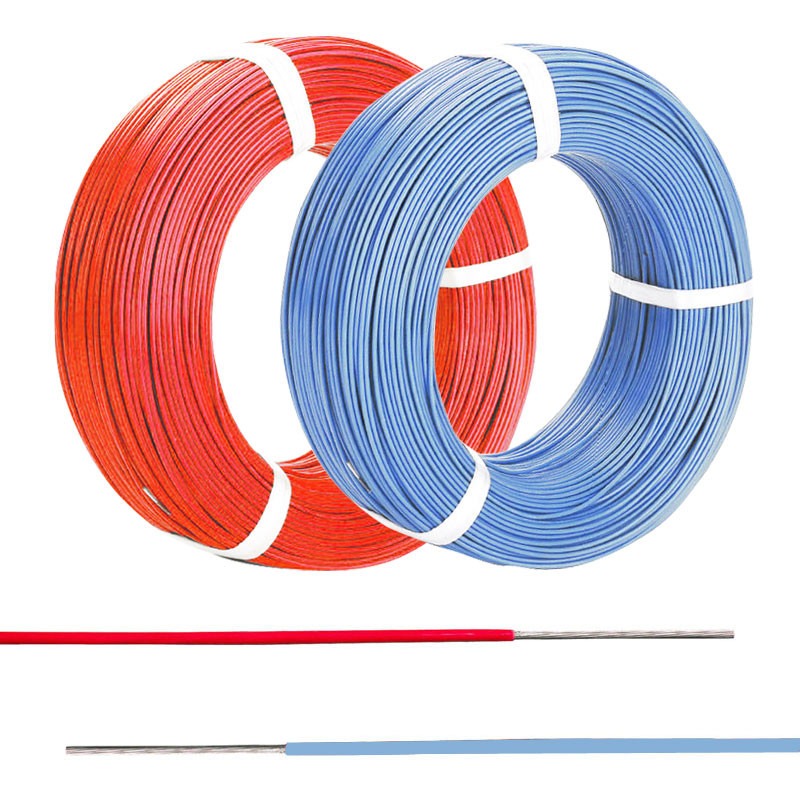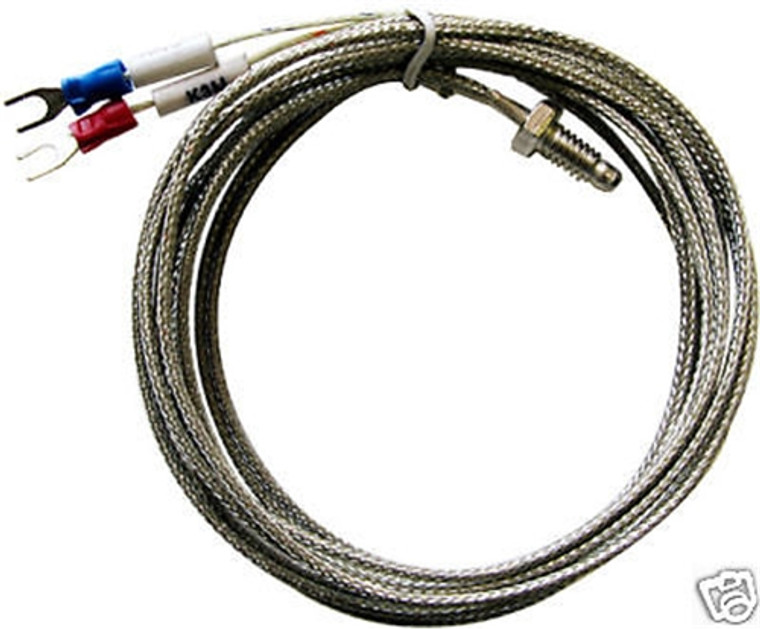A ceramic heating element, also known as ceramic radiant tube heater, is a type of heating element used in various industrial applications. They are designed to provide efficient and reliable heat transfer, making them a popular choice for many industries.
The Manufacturing Process of Ceramic Heating Elements
Raw Material Selection
The manufacturing process of ceramic heating elements begins with selecting raw materials. Ceramic heating elements are typically made from ceramic powder, metal powder, and other additives.
Mixing and Grinding
The raw materials are then mixed and ground into a fine powder to ensure uniformity and consistency.
Forming
The powder mixture is then formed into the desired shape using various techniques such as extrusion, injection molding, or slip casting.
Sintering
The formed ceramic heating element is then sintered at high temperatures to bond the particles together and achieve the desired density.
Coating
A metal coating is applied to the ceramic heating element to enhance its thermal conductivity and electrical insulation properties.
Assembly
The ceramic heating element is then assembled into a heating element assembly, which includes a power source, a temperature control system, and other components.
Testing and Quality Control
The ceramic heating element is then tested for its thermal performance, electrical insulation, and mechanical strength to ensure it meets the required specifications.
Types of Ceramic Heating Elements
Ceramic Radiant Tube Heater
A ceramic radiant tube heater is a type of ceramic heating element that uses a ceramic tube to emit infrared radiation.
Ceramic Plate Heaters
Ceramic plate heaters are a type of ceramic heating element that uses a ceramic plate to emit heat.
Ceramic Strip Heaters
Ceramic strip heaters are a type of ceramic heating element that uses a ceramic strip to emit heat.
Applications of Ceramic Heating Elements
Industrial Heating
Ceramic heating elements are commonly used in industrial heating applications such as drying, curing, and annealing.
Medical Equipment
Ceramic heating elements are used in medical equipment such as surgical instruments, medical implants, and diagnostic devices.
Aerospace
Ceramic heating elements are used in aerospace applications such as satellite, aircraft, and spacecraft components.
Benefits of Ceramic Heating Elements
High-Temperature Resistance
Ceramic heating elements can withstand extremely high temperatures, making them suitable for high-temperature applications.
Corrosion Resistance
Ceramic heating elements are corrosion-resistant, making them suitable for harsh environments.
Low Maintenance
Ceramic heating elements require minimal maintenance, making them a cost-effective option for many applications.
Wrap Up
In conclusion, the manufacturing process of ceramic heating elements involves several stages, from raw material selection to testing and quality control. Ceramic heating elements are used in various industrial applications and offer several benefits, including high-temperature resistance, corrosion resistance, and low maintenance. By understanding the manufacturing process and applications of ceramic heating elements, you can make informed decisions when selecting the right heating element for your specific needs.














